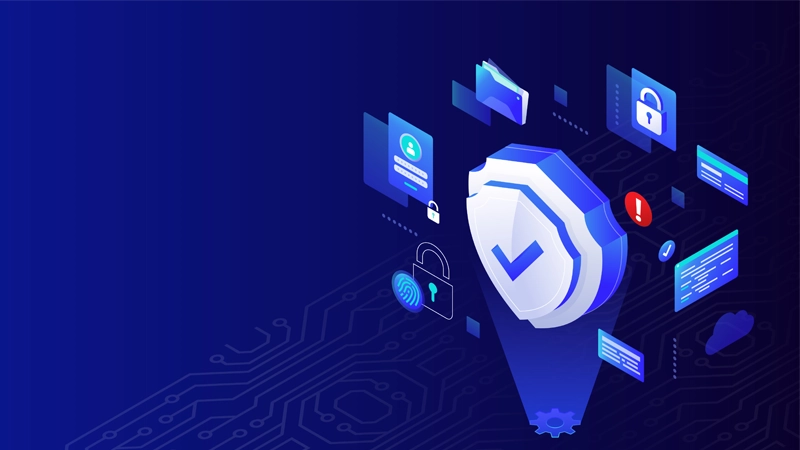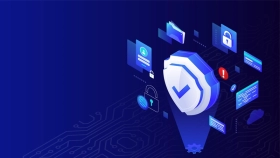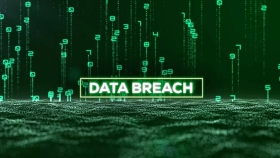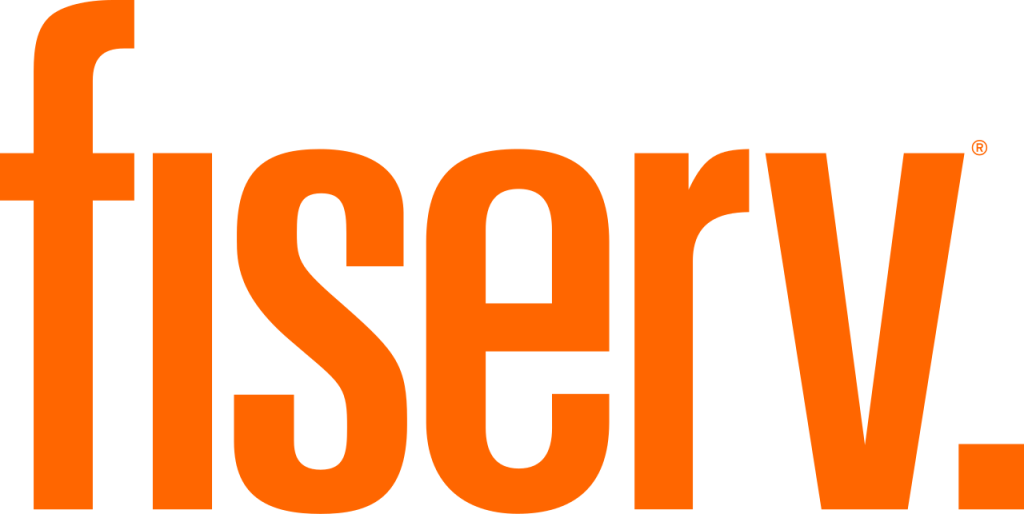2025 Mainframe Compliance Countdown: Preparing for New Regulations
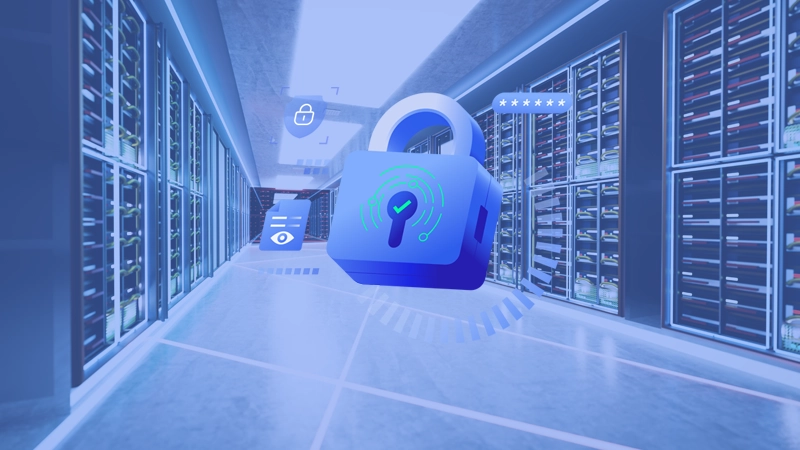
In 2025, the regulatory spotlight on data privacy has never been more intense—and mainframes have now become the center of focus.
As organizations continue to modernize their security and privacy infrastructure, there’s a growing realization that legacy environments, particularly mainframes, must meet the same rigorous standards as cloud and distributed systems. For enterprise and public sector IT leaders, the path ahead requires immediate, strategic action to align with a wave of new federal and state mandates—many with near-term deadlines and significant penalties for non-compliance.
The Regulatory Landscape: What’s Changing in 2025
Several major federal rules are reshaping data security obligations this year, each with implications for mainframe environments:
DOJ Final Rule (Effective April 8, 2025)
This landmark regulation prohibits bulk transfers of sensitive U.S. personal and government-related data to foreign adversaries. It compels U.S. entities to implement data classification and export controls, including mainframes. By October 6, 2025, organizations must have enforcement-ready audit and reporting programs in place—or risk civil or criminal penalties.
FISMA 2025 Updates
The Federal Information Security Modernization Act now mandates continuous cybersecurity planning, risk-based classification, and data inventories for all federal systems and contractors, including those running on IBM Z or similar platforms.
CJIS Security Policy (v5.9.4)
Any mainframe system processing criminal justice data must enforce encryption, access auditing, and classification controls consistent with FBI CJIS standards.
Proposed HIPAA Security Rule Changes
Expected to be finalized this year, these upgrades require multifactor authentication (MFA), encryption, data flow mapping, and vendor oversight for systems handling ePHI—many of which still rely on mainframes in healthcare and government.
The Rise of State-Level Privacy Laws
Eight new state laws are now in effect—Delaware, Iowa, Nebraska, New Hampshire, New Jersey, Minnesota, Tennessee, and Maryland—each with expansive definitions of sensitive personal data, including race, religion, biometric, genetic, health, sexual orientation, and geolocation.
These laws introduce:
- Explicit consent requirements
- Data minimization mandates
- Consumer rights for access, deletion, and portability
Mainframes must now tag, filter, and restrict sensitive data to comply with these jurisdictional rules. Furthermore, systems must be equipped to respond to data subject requests—something not typically native to mainframes.
What This Means for Mainframe Owners
The message is clear: treat mainframes as first-class citizens in your data privacy and security architecture. There are no longer “data at rest” exceptions for the mainframe. Organizations must be as diligent in understanding what data exists on the platform as it is with any other platform, cloud repository, or database that exists in their environment. Knowing what the data is, where the data is going, and how it is being consumed is now critical for regulatory compliance.
Key imperatives include:
- Implement Data Classification at Scale: Identify and tag sensitive data categories—health, financial, biometric, and government-related—on legacy formats and record structures.
- Enforce Export Controls: Ensure mechanisms exist to block unauthorized transfers of regulated data, whether through third-party vendors, employment transitions, or cross-border exports.
- Maintain Inventories and Flow Maps: Understand what data resides where, how it moves, and which systems (internal or vendor-owned) touch it. This is essential for both FISMA and HIPAA compliance.
- Enable Consent Management and Consumer Rights: Prepare workflows to handle access, deletion, and portability requests—even for datasets that were never originally designed for dynamic interaction.
- Strengthen Controls: MFA, encryption, audit logging, and vendor monitoring must now extend into environments that have historically operated in silos.
Powering Mainframe Compliance at Scale
At PKWARE, we recognize that most mainframes were never exposed to this level of scrutiny—but that doesn’t make compliance optional.
Our solutions are purpose-built to bridge the gap between legacy limitations and modern regulatory demands:
- Automated discovery and classification of sensitive data across structured and unstructured formats
- Persistent encryption and policy enforcement, even across air-gapped systems and data exchanges
- Export control enforcement and audit readiness aligned with DOJ, FISMA, CJIS, and HIPAA requirements
- Support for consumer rights compliance across jurisdictional boundaries, even for mainframe data
In 2025, no system gets a free pass. Your mainframe is expected to meet the same regulatory demands as today’s cloud and SaaS platforms.
With enforcement deadlines fast approaching, IT and security leaders must act swiftly. Mainframe compliance isn’t just about keeping pace—it’s about leading the way in securing the data that matters most.
PKWARE is here to help you make that happen—intelligently, efficiently, and in full compliance.




